It seems like we are living through crisis after crisis, making us yearn for a return to “normal times”. But our perception of our collective woes is wildly distorted by an idealization of the past and the incessant media coverage of negative news from around the world. There was never a “normal time”, and today we are more equipped to tackle the crises we face than ever before, argues Stathis Kalyvas.
Spiraling inflation. War in Europe. Energy crisis. A global food crisis. Nuclear threats. Climate crisis. And to top it all, Donald Trump announcing his candidacy for 2024. It looks like we are living in an endless succession of crises. It is proclaimed everywhere that crisis is the new normal. Doom and gloom dominate. But is this really the case? And how would we know?
To get a better sense about whether we are unusually more exposed to crises than ever, we would need to measure both the number and the size of the various crises and come up with a metric of crisis intensity over time. But this is close to impossible because our sense of crises is to a large extent shaped by perceptions and interpretations. Crises are typically understood to be a bend in the “normal” flow of events that heralds a decisive and negative change. According to that perspective, the flow of events is “normal” until interrupted by something “abnormal,” that is a crisis. Put differently, our understanding of what constitutes a crisis hinges on our understanding of “normal.” Despite being middle-aged, I never, ever recall anyone telling me that we live in normal times.
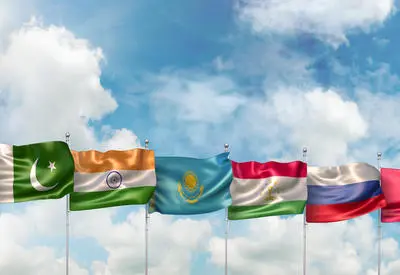 SUGGESTED READING
The shape of the conflict to come
By Vali Kaleji
SUGGESTED READING
The shape of the conflict to come
By Vali Kaleji
This is not to say that there aren’t events that meaningfully qualify as unusual and sudden shifts with significant downside potential—crisis is a real thing. However, to assess their frequency and significance, we need to keep in mind a number of things. Let’s begin with frequency: are crises more frequent now than in the past? Even though measuring the frequency of crises is probably impossible, there are good reasons to think that, on average, there are probably more events perceived as crises now than in the recent past. Let’s pick 1980 as an example.
It turns out that the world’s population has doubled since 1980. More people living on earth equals more interactions, and it stands to reason that a small fraction of those interactions naturally produces crises. The other factor to consider is that those interactions receive incomparably more news coverage than even before. Our ability to communicate has vastly expanded since 1980, meaning that events that would be either ignored or never reported outside a narrow local setting in the past can now command vast amounts of global attention. Although we tend to bypass most news and downgrade them to the level of noise, out exposure to them does leave cognitive traces and contributes to our sense of doom.
___
Here then, in a nutshell, are the three key reasons underlying our perception that we are living in a permanent state of crisis: more people, more news, and more bad news
___










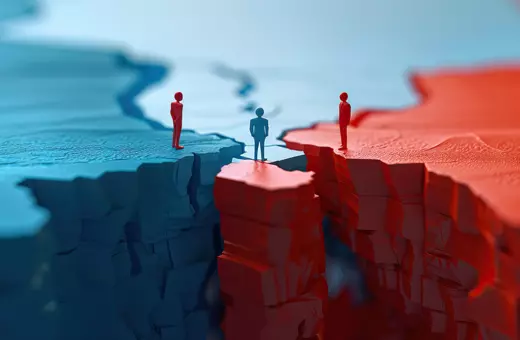
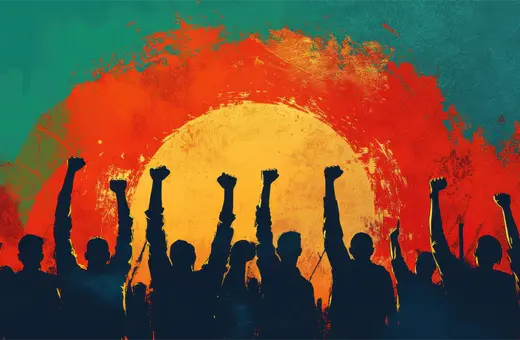

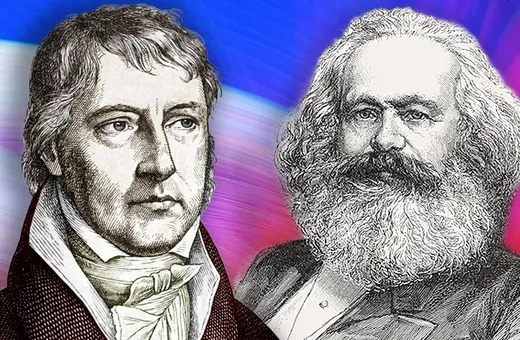
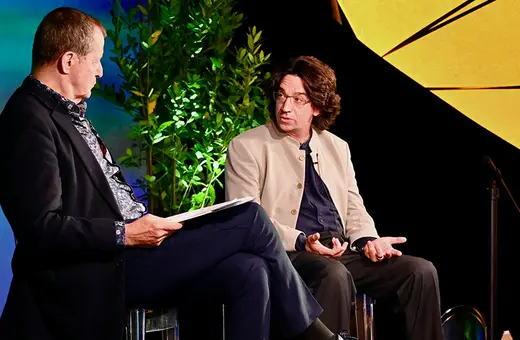




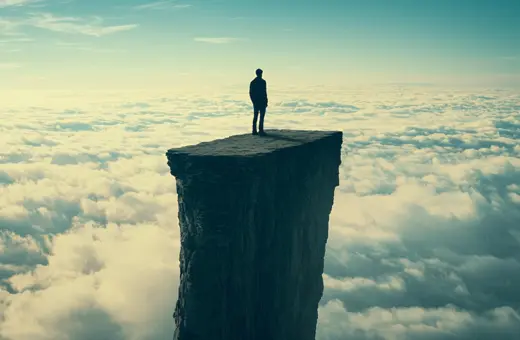
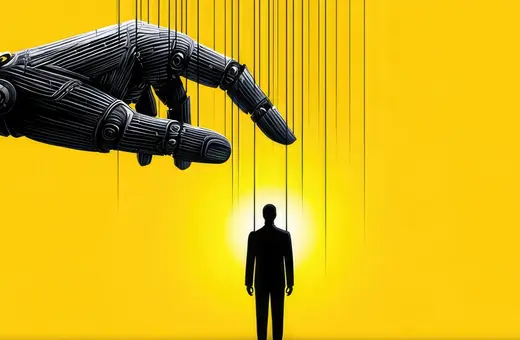
Join the conversation